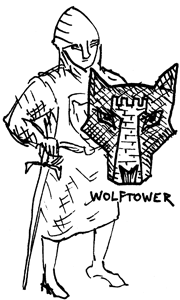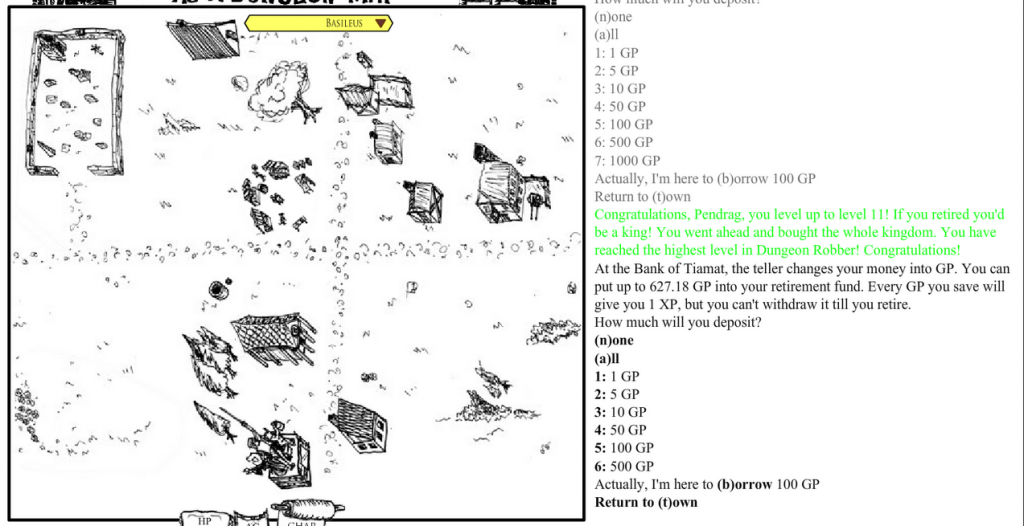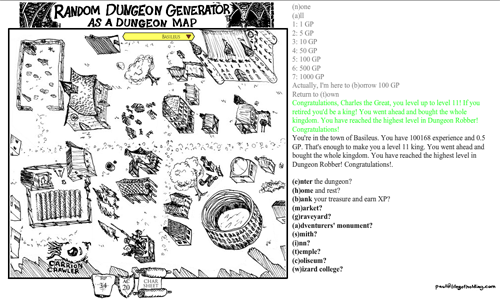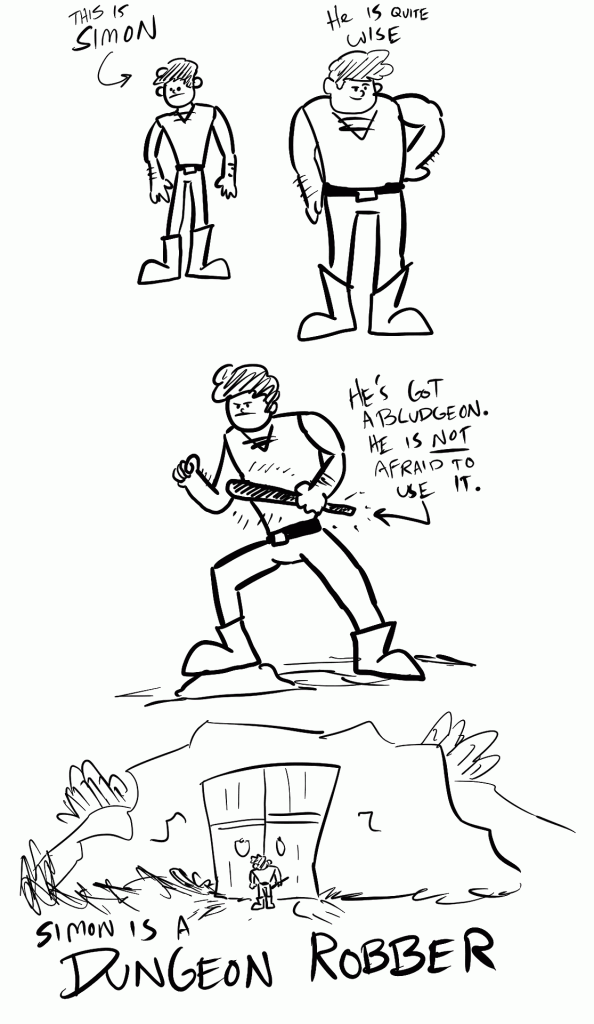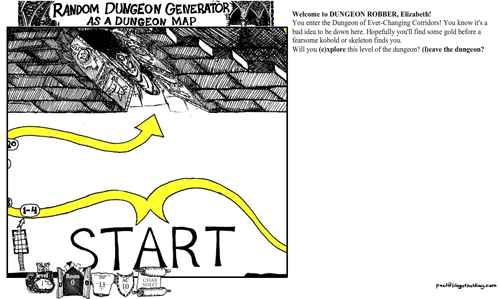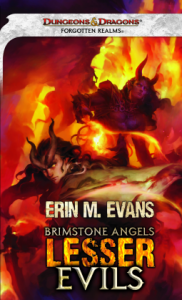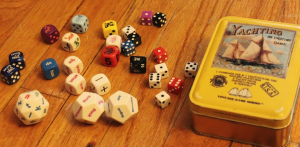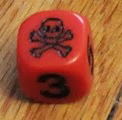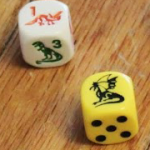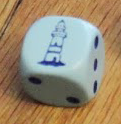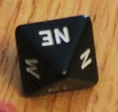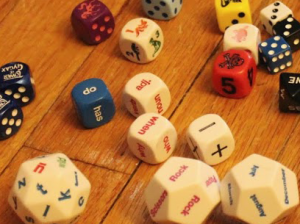 We just had a baby! This is Jane. Here she is, looking like she’s a DM about to run her first TPK (in, I suspect, the Temple of the Frog).
We just had a baby! This is Jane. Here she is, looking like she’s a DM about to run her first TPK (in, I suspect, the Temple of the Frog).
Since this baby seems to be taking up a lot of my time, there may be occasional interruptions in this site’s schedule of blog posting and Mearls adventure updates. I also have a big list of fixes I’d like to make to the Dungeon Robber game. I’d like to get a new release out this week – we’ll see if I can do it.
OK, enough excuses. Here is some D&D content that’s directly inspired by my being a new parent. More precisely, it’s inspired by the new-parent state of sleep deprivation in which weird images, dreams, and hallucinations are only an eyeblink away.
 Here’s a pair of crazy helmets that popped into my head at 4 in the morning while I was closing my eyes for some sleep:
Here’s a pair of crazy helmets that popped into my head at 4 in the morning while I was closing my eyes for some sleep:
And here are the D&D rules that I made up for them as I was drifting off:
ANIMAL HELMS: The generals of a powerful D&D empire each wear unique animal helms. Each helm is forged in the likeness of two animals, on the left and right side, each of which can be detached. A detached animal becomes a full-sized version which can perform one specific mission. If an animal is killed, a baby animal appears on the side of the helmet. It grows up and is ready to perform its service after a year and a day. While one animal is detached from the helm, the AC protection of the helm-wearer’s armor is reduced by 1 (minumum 0); if both are away, the AC is reduced by 2. If the helm is removed, the summoned animal returns to the helm.
IBIS HELM: The ibises on either side of this helm can deliver messages. When detached, an ibis flies unerringly towards the person you name, whispers a message of any length, and then flies back to you with their response. The ibis can reach anyone in the world as long as they’re outside. If the target is inside a building, the ibis will circle the building for up to 24 hours before returning. The bird flies above the clouds at 100 miles an hour. It has AC 14 and 1 HP.
 ELEPHANT HELM: As soon as it is detached, an elephant rampages forward at 30 feet per round. Anyone in its 10-foot-wide path must make an easy dexterity check or be trampled for 2d20 damage. Buildings take 1d4 damage. The elephant continues forward, or smashes at obstacles, until it is recalled by the helm-wearer (at which point it rampages back, trampling anything in its path again). It has normal elephant stats by edition. Each elephant can be summoned once per day and heals 5 HP per day.
ELEPHANT HELM: As soon as it is detached, an elephant rampages forward at 30 feet per round. Anyone in its 10-foot-wide path must make an easy dexterity check or be trampled for 2d20 damage. Buildings take 1d4 damage. The elephant continues forward, or smashes at obstacles, until it is recalled by the helm-wearer (at which point it rampages back, trampling anything in its path again). It has normal elephant stats by edition. Each elephant can be summoned once per day and heals 5 HP per day.
WOLF TOWER: Here’s a bonus illustration of – a cool magic shield? a family coat of arms? I dunno.

